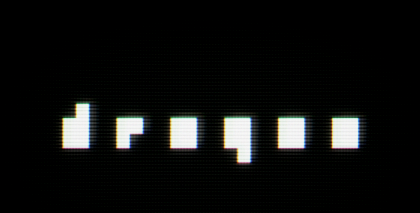Regarding my quote "Something that respects the player's living process, as opposed to a game which boils play down to a number (e.g. a high score)"
Jack writes "Isn't chasing a high score a very alive activity? Or is it not enough to simply be an instrument of life? Is aliveness something more?"
Hmm. I need to remember what I was thinking when I wrote that . . . the activity of chasing is a very alive activity . . .
right, the activity is alive, but it's the post-action that is nonliving . . . can the game itself be allowed to 'forget' all of what the player did?
Jack writes "Isn't chasing a high score a very alive activity? Or is it not enough to simply be an instrument of life? Is aliveness something more?"
Hmm. I need to remember what I was thinking when I wrote that . . . the activity of chasing is a very alive activity . . .
right, the activity is alive, but it's the post-action that is nonliving . . . can the game itself be allowed to 'forget' all of what the player did?
